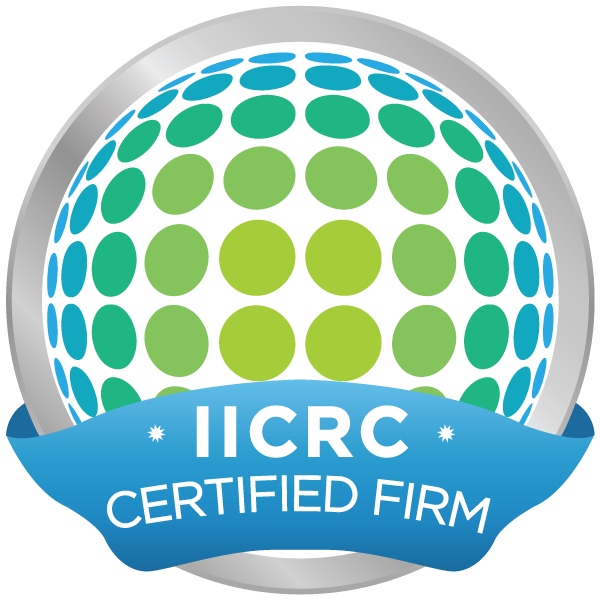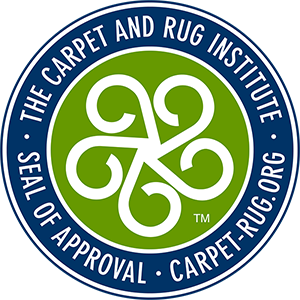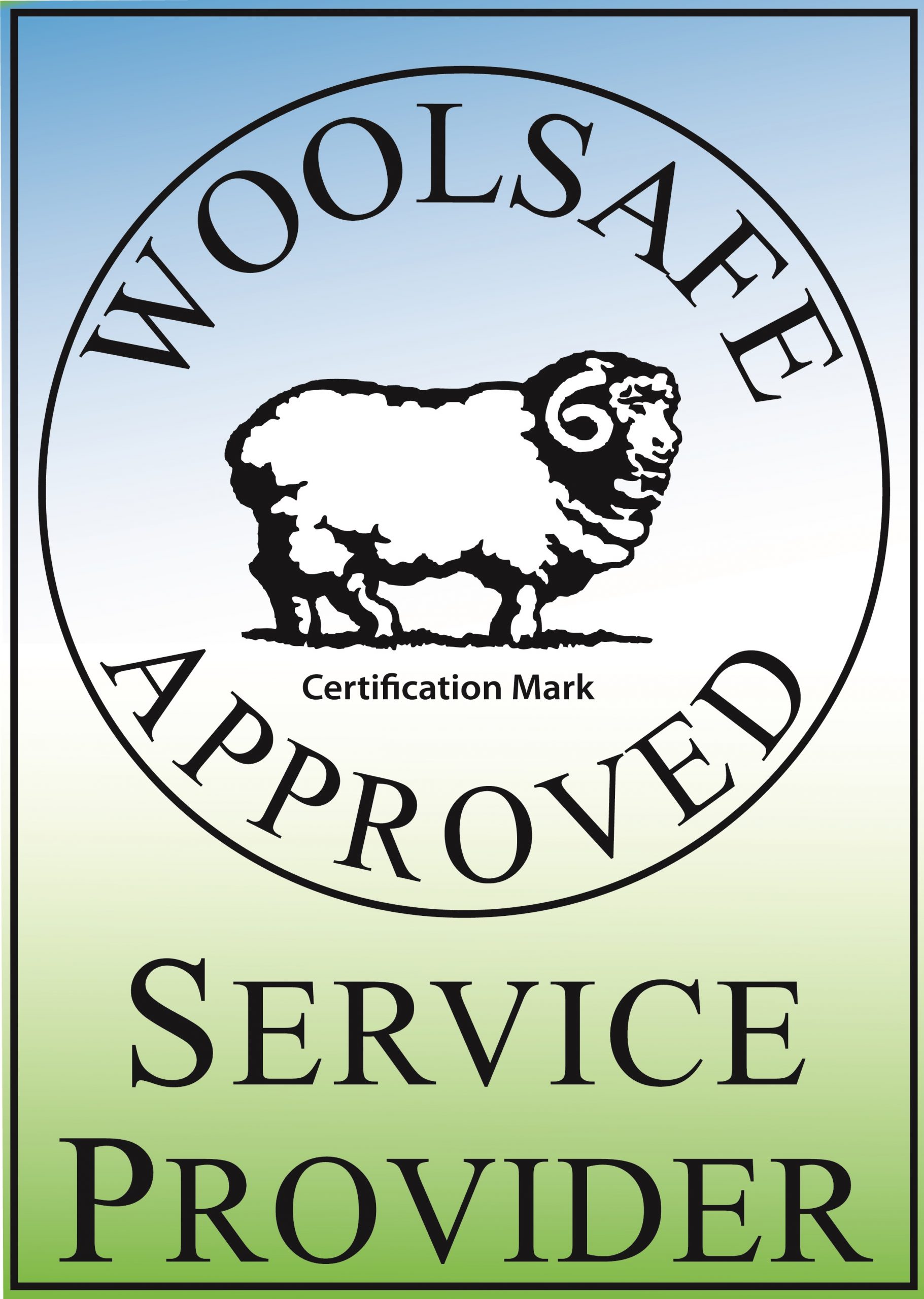How To Purchase An Oriental Rug in Naples Florida And Surrounding Areas Oriental rugs are an excellent choice when purchasing an area rug to tie a room together. But before you invest, or are taken advantage of, make sure you have a solid understanding of what to look for in a well-made Oriental rug, as well as the basics of professional rug cleaning servicing in Naples Florida and the surrounding area. Learn About Rug Making You would never buy a car without knowing what makes it different from other models, so you should apply the same kind of logic when purchasing your new Oriental rug. Since Oriental rugs come in a wide range of varieties and styles and come from many different parts of the world, variation in durability, style, [...]
Bijar Rugs - We Clean Oriental Wool Rugs Bijar rugs and carpets have long had a mystique that makes them a "man's rug". Called the Iron rug of Persia they have an odd feature that few other rugs can match. The densely packed pile is so tight that the pile cannot lay down. Because the fibers are constantly erect when you step on the rug it has a cushioned feel that makes it great to walk upon. Prized for their sturdy construction and durability Bijar rugs are one of the most sought after furnishings rugs particularly in the American market. Bijar is a Kurdish area. A town in NW Iran (including the surrounding villages) where the rugs of this name are produced. Bijar rugs are woven by Kurdish weavers [...]
Color plays a big role in influencing our decision to purchase an Oriental area rug for our home. The right rug and color palette can brighten a room or provide subtlety and warmth. At Oriental Rug Salon we understand Oriental area rugs better than most of the purveyors and “cleaners” throughout SW Florida. We take great pride in educating our readers on the history, design, and craftsmanship that goes into the construction of a genuine Oriental style rug and if we can ever answer any questions, regardless of where you may be, please feel free to shoot us an e-mail at any time. How To “Read” An Oriental Rug We may choose blue to create a more soothing, relaxed atmosphere or yellow to give the room a bright, sunny look. [...]
Whether it’s wine, coffee, Kool-Aid, urine, feces or paint, the first step is to remove as much of the liquid or solid from the rug- as soon as possible. Paper towels work well. Keep blotting until you no longer see any transfer to the paper towel. After blotting, many spills will require diluting. If it is clear that much of the spilled substance is still in the rug, dilute it with water or club soda (assuming that the substance is water soluble). That may mean a half cup for a small spill or as much as a quart of water for a major spill. Don’t get the rug sopping wet unless you need to. (Please note that some rugs have unstable dyes that may run if you put water on [...]
So you decided to spend a little more money than you have in the past on synthetic area rugs and want to upgrade to wool or silk textiles. Wool, if cared for properly, can last for generations and often our clients pass their wool area rugs down from one generation to the next. It’s not unusual for us to clean rugs that are 80 years or older. Wool area rugs, especially those that are hand-knotted are more expensive than the more popular fibers, such as nylon, olefin, and polyester, but for a reason. Wool is of higher quality, feels better, lasts longer and is a better investment. In addition, while it may only take thirty minutes to make a machine made 8X10 synthetic area rug, a rug of similar [...]
Pet Urine Treatment Throughout SW Florida - (Video) The acidity in urine from pet accidents can lead to mildew, mold growth as well as strong, long-lasting odors in beautiful Oriental and fine area rugs. If left untreated, pet urine can cause dry rot, color migration, and permanent staining. The associated pet odor as a result of urine salts can also create an unhealthy indoor environment. When pet urine is first deposited it is easier to remove because it is in an “acid” state and at this point is still fresh and moist. Once it dries it becomes alkaline and is more difficult to remove. The warm acid state of the urine offers a perfect breeding ground for bacteria, which begin to grow immediately. At Oriental Rug Salon, we thoroughly remove urine [...]
Oriental Area Rug Cleaning For Pet Urine Issues Of the most common issues, we see when cleaning area rugs pet urine can be the most challenging to treat and causes the most damage. Pet urine can cause a severe color run and if left untreated, leads to dry rot and the odor can be very hard to remove or disguise. Urine can also chemically damage the structure of a rug by making the foundation hard and less supple, affect indoor air quality and can help attract moths. Repeated wettings can cause the foundation of the rug to lose mechanical strength to the point where the rug cracks and breaks when rolled or folded. If your pet has had an accident on your Oriental area rug create a mixture of 50% [...]
On a regular basis, Oriental Rug Salon cleans for customers who believe they have a "hand-made" (hand-knotted) area rug because that's what the salesman told them when the sad reality is they overspent on a machine made rug. The difference in price between an 8X10 hand-knotted area rug and an 8X10 machine made one could be thousands of dollars difference. This blog is designed to provide the reader with the ammunition necessary to be able to distinguish a hand-knotted area rug from a tufted or machine made rug and potentially save thousands of dollars when purchasing your new rug. A hand-knotted rug can be recognized by a three-part test. First, the fringe must be a physical part of the rug. It cannot be sewed on, glued on, or tacked on. This fringe [...]
Hand washing of Oriental, wool and silk area rugs is a time-honored tradition beginning hundreds of years ago. Unlike companies who use mechanical equipment to “surface clean” area rugs, each rug accepted by our shop is washed by hand under the careful eye of an experienced-certified professional. Our thoroughly exhaustive area rug hand-washing process includes: Step 1. Extensive, thorough inspection and documentation. The inspection will reveal whether a rug is a machine or handmade, what its likely country of origin is, and its fiber content. These factors are important to a determination of the rug’s suitability for washing. Visible pre-existing conditions such as tea-washing, old spotting attempts, tears, sun-fade, residue from past cleanings, unraveling, excessive soiling, stains, and other damage will be noted and discussed with the client prior to [...]
1900 Antique Persian Bakhtiari Rug with Garden Design - $26,000 The Bakhtiari tribespeople of the rugged Zagros Mountains are famed for their annual migrations over snow-capped peaks and for their lustrous, deep-toned antique tribal carpets displaying grand scale, cornucopian designs. An early 20th-century visitor to the lush Chahar Mahal district in Central Persia noted: “To me, Bakhtiari carpets are among the most interesting of the tribal village weavings of Persia . . . for they have that quality which we call character: that is, individuality, sincerity, and strength.” Although the Bakhtiari tribespeople traditionally produced only geometric designs, they—along with the Armenian, Kurdish and other weavers of the Chahar Mahal—are also influenced by the floral carpets of the Persian cities, especially those of nearby Isfahan. This gave birth to an innovative [...]



